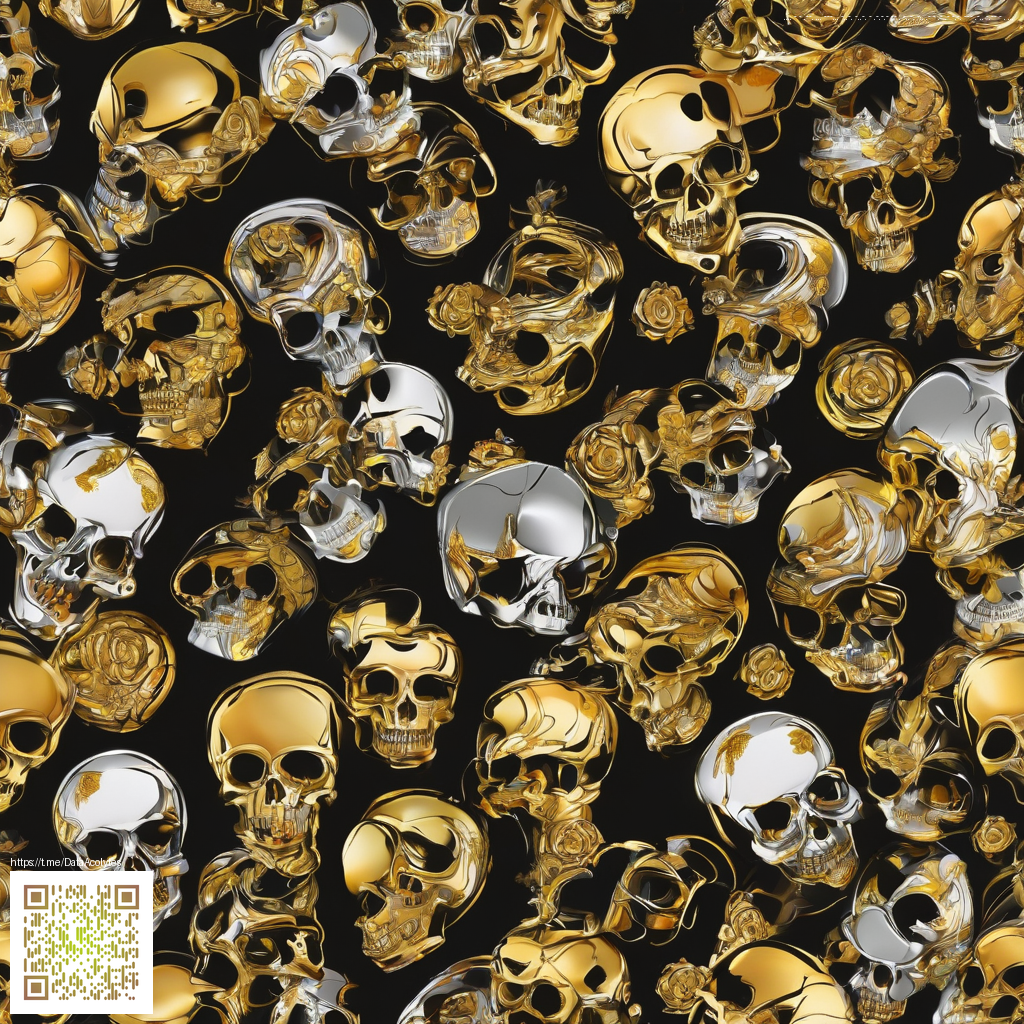
Texture as Information: how surfaces tell stories
The texture of paper is not merely decoration; it is data written in fiber. A fine, laid finish whispers precision and restraint, while a bold, pebbled texture suggests durability and warmth. This is where material design insights find a natural partner in print and packaging: texture carries intent. When designers choose a surface—whether a smooth satin for crisp graphics or a rugged, natural deckle for a handcrafted feel—they are encoding information about purpose and mood. The result is a readable texture map: rough surfaces invite closer inspection, while smooth ones invite speed and clarity.Color, light behavior, and ink interaction
Colors on paper respond to light in unique ways depending on the surface. Matte papers reduce glare and enhance color depth in some palettes, while glossy finishes bounce light to emphasize contrast. Material design teaches us to think about these interactions systematically: depth is not only visual but tactile. This awareness helps printmakers and designers pair ink, paper, and coating to achieve the intended emphasis—whether a bold poster with high-contrast imagery or an understated report where legibility is paramount. The outcome is a coherent aesthetic language where texture and color reinforce each other, creating a more immersive experience for the reader.From fiber to finish: practical choices for designers
Crafting a surface that communicates as clearly as digital interfaces requires thoughtful material choices. Here are a few practical considerations:- Fiber and weight: heavier papers convey authority and permanence, while lighter stock implies accessibility and flexibility.
- Surface texture: grain, laid, and wove patterns alter light diffusion and ink absorption, changing perceived sharpness.
- Coatings and finishes: matte vs. satin vs. gloss alter contrast, glare, and color saturation, guiding viewer attention.
- Embossing, debossing, and foil: tactile interactions add hierarchy, create focal points, and elevate perceived value.
- Digital vs. offset alignment: the chosen production method can magnify or soften texture details in predictable ways.
“Design begins where texture and light converge; the material is the first interface.” This idea echoes across both interface design and the printed page, reminding us that the most effective aesthetics are often felt before they are seen.
A tangible example of material language in action appears in consumer goods that bridge digital and physical experiences. Consider how a product page may present a neoprene mouse pad with custom graphics and a stitched edge—such items translate the z-axis of material design into everyday usability. These choices—the fabric’s grip, the stitching, the way the graphic sits on the surface—create a tactile narrative that complements the visual story. For enthusiasts exploring this intersection, you can explore a prime example via this product page, which demonstrates how material decisions inform user experience even in small, crafted accessories.
In education and publishing, the same principles guide how papers are selected for different tasks. A report that prioritizes quick comprehension may favor a bright white, high-contrast stock with a crisp gloss level, while a narrative feature might lean toward a softer, textured sheet that invites lingering, tactile reading. When designers acknowledge material as a coauthor, they craft pages that feel purposeful—each crease, weight, and sheen signaling intent.
Bringing material design into your practice
If you’re a designer or printer seeking to elevate your projects, start by mapping the sensory goals of your piece. Ask questions like: What should the reader feel as they touch the page? Which colors and textures will guide interpretation without overpowering the content? How will the finish influence readability under typical lighting conditions? By treating paper not just as a medium but as a design component, you align physical effects with your overarching aesthetic strategy.Similar Content
Page URL: https://defiacolytes.zero-static.xyz/2fa267b1.html